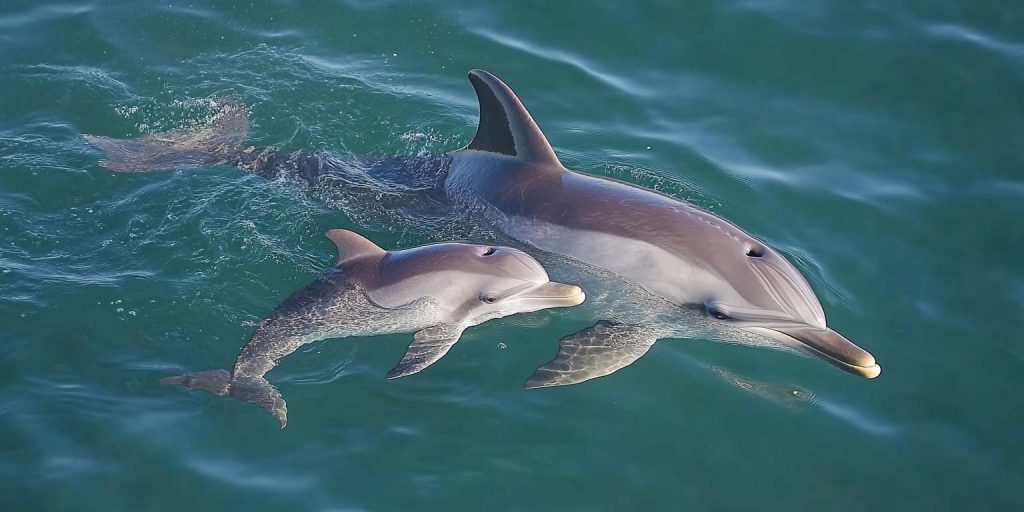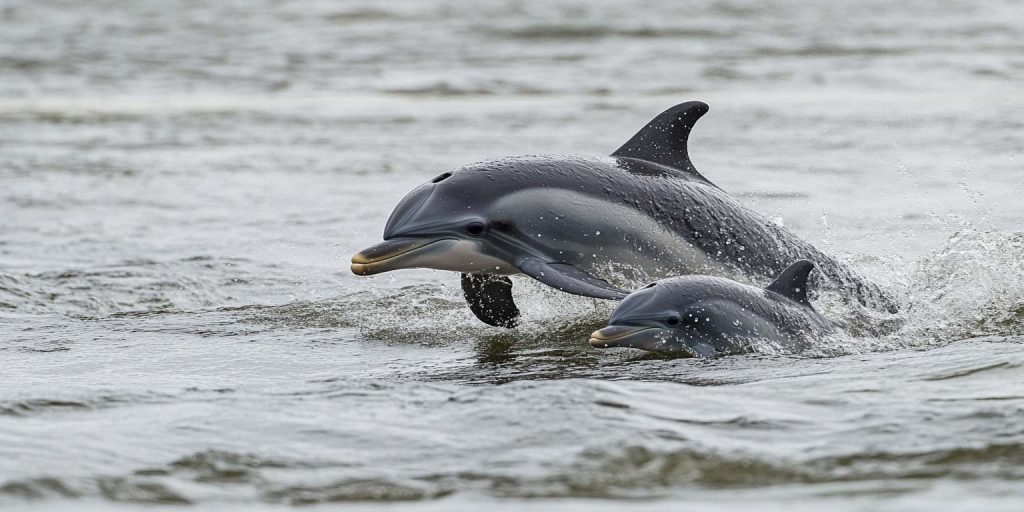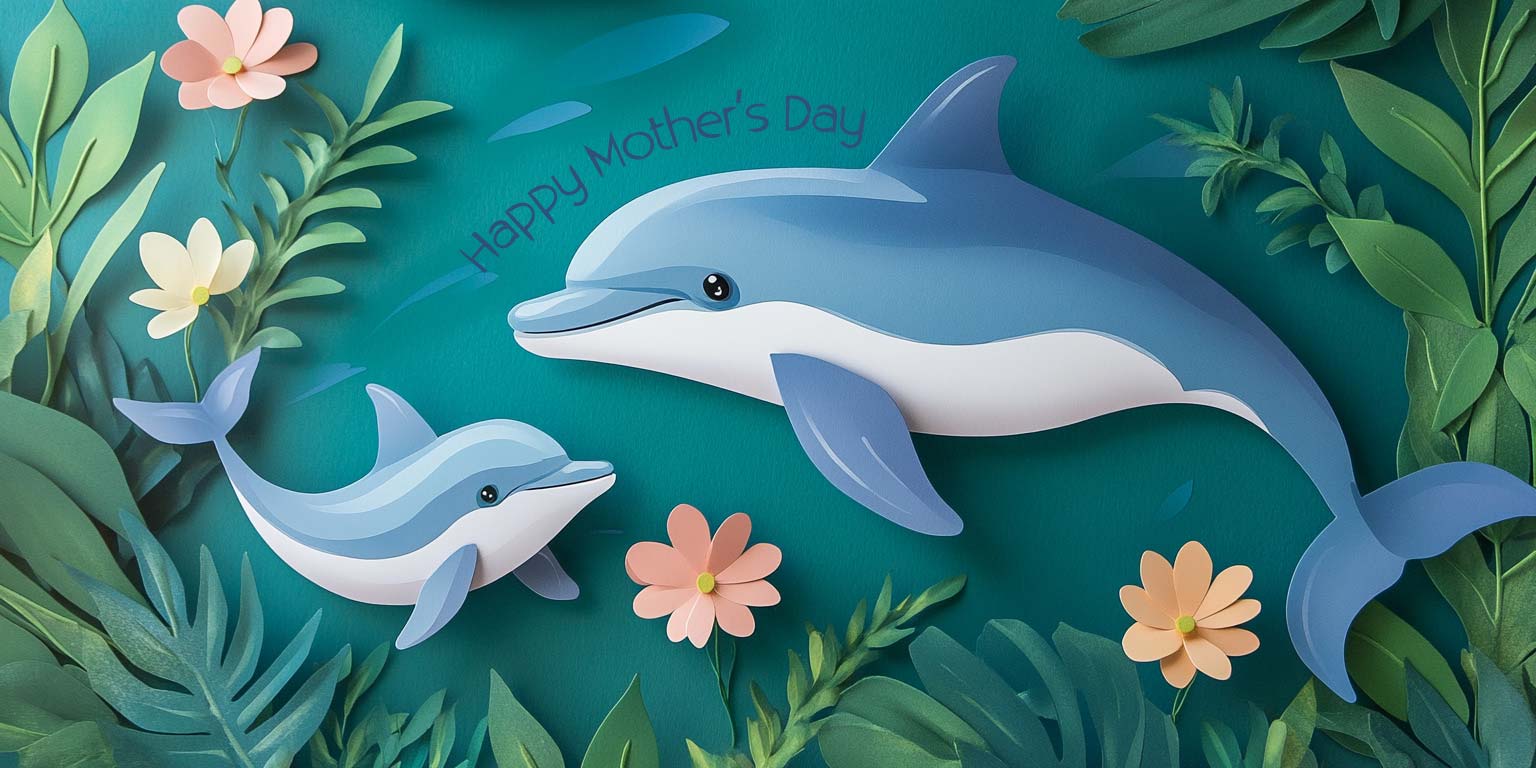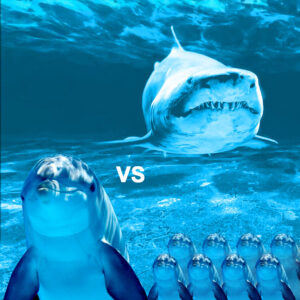How Dolphin Moms Raise Their Young Across the Seas
(In Honor of Mother’s Day)
Motherhood isn’t just a human experience—it’s a deeply rooted part of nature. In the oceans, dolphin moms play an incredible role in raising the next generation. These intelligent marine mammals form tight bonds with their calves and spend years guiding them through life. In this post, we’re diving into how dolphin moms all over the world care for their babies, from birth to independence, and why their parenting is so unique.
1. Birth and the First Bond
Dolphins usually give birth in warmer waters, where conditions are safer for newborns. Right after birth, the mother pushes her calf up to the surface so it can take its first breath. This first action shows just how alert and caring dolphin moms are from the very start.
Quick facts about dolphin births:
- Calves are usually born tail-first to avoid drowning.
- The birthing process happens quickly, often lasting just a few hours.
- Mothers often have another female dolphin nearby (called an “auntie”) to help during birth.
2. Feeding and Nurturing
Once the calf is born, the mother begins nursing it right away. Dolphin milk is rich and fatty, giving the baby all the nutrients it needs to grow fast in the early months.
What makes dolphin nursing special:
- Calves nurse for up to 2 years, sometimes longer.
- The mother’s body is designed to squirt milk directly into the calf’s mouth underwater.
- During this time, calves stay close to their moms nearly 24/7.
This close contact helps the calf not just grow, but learn social skills and safety in the wild.
3. Teaching Survival Skills
Dolphin moms don’t just feed their young—they teach them how to live. Through daily interaction, they show their calves how to:
- Find and catch fish.
- Avoid predators like sharks.
- Communicate using clicks and whistles.
- Navigate their surroundings.
This learning process can take years, and dolphin moms are patient and protective teachers.

4. Social Life and Support Systems
Dolphins are social animals, and moms aren’t alone in their parenting. Many live in groups called pods, where other dolphins help look after calves. These shared bonds create a supportive environment, especially during tough times.
Dolphin mom support networks include:
- “Aunties” who help care for the baby.
- Pods that protect the young from danger.
- Calves growing up with other young dolphins, learning together.
This kind of community care makes dolphin life safer and richer.
5. Around the World: Dolphin Moms in Different Waters
While the basic patterns of care are similar, dolphin moms across different regions adapt to their environments. For example:
- In tropical areas, moms might face more predators, so they stay more alert.
- In colder waters, mothers teach their young how to hunt in icy conditions.
- In areas with heavy boat traffic, moms show their calves how to avoid humans.
No matter where they live, dolphin moms rise to the challenge of raising their young in a constantly changing ocean.

Celebrating Ocean Mothers Everywhere
Dolphin moms are a powerful reminder that the love and care of a mother go far beyond land. Their devotion, patience, and strength show up every day beneath the waves. This Mother’s Day, let’s celebrate not just our human moms, but also the amazing dolphin mothers swimming across the world’s oceans, shaping the next generation with every breath, nudge, and lesson they give.











